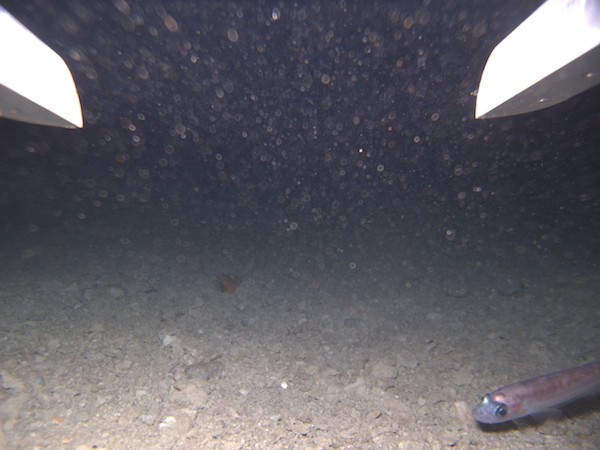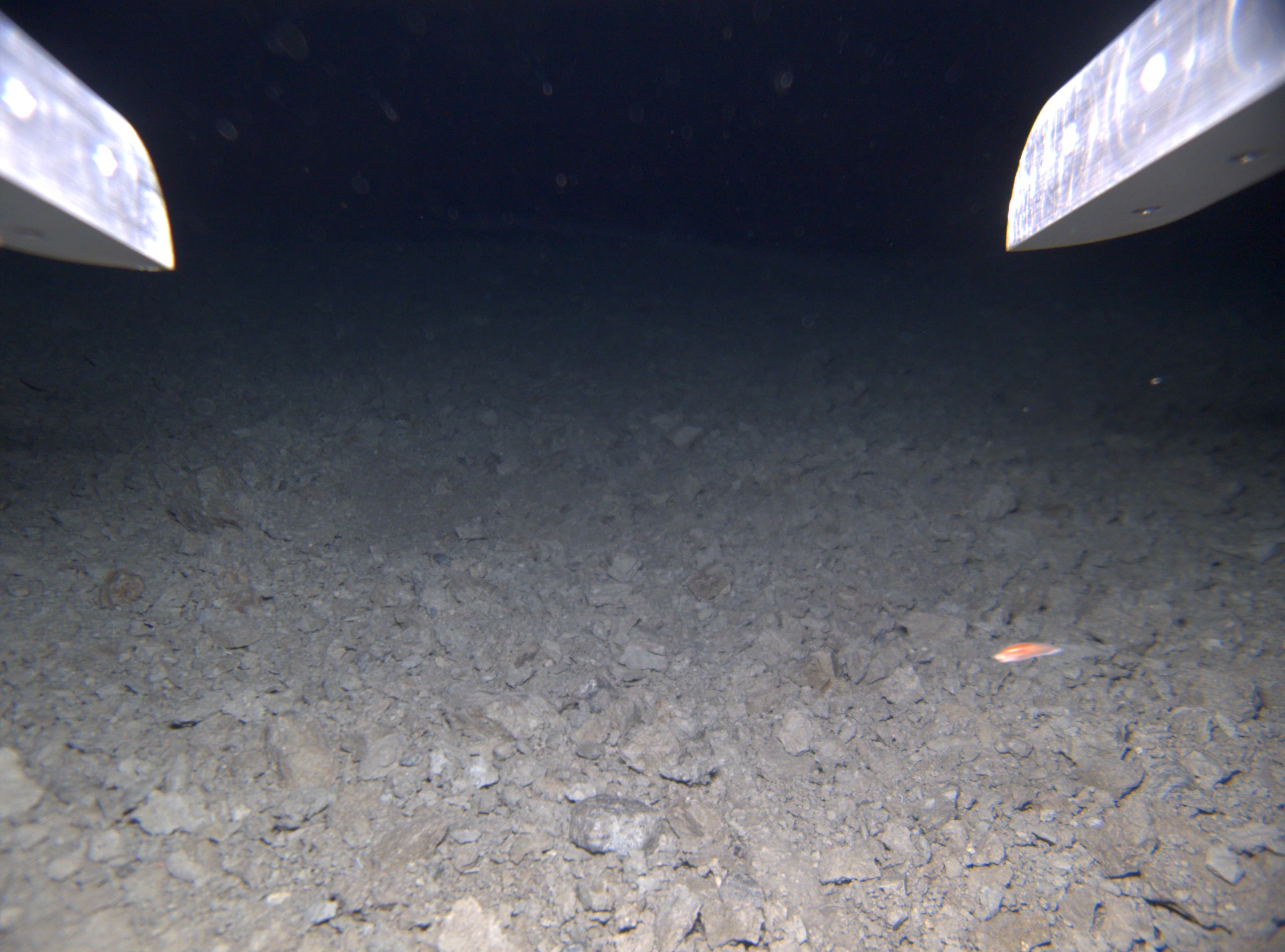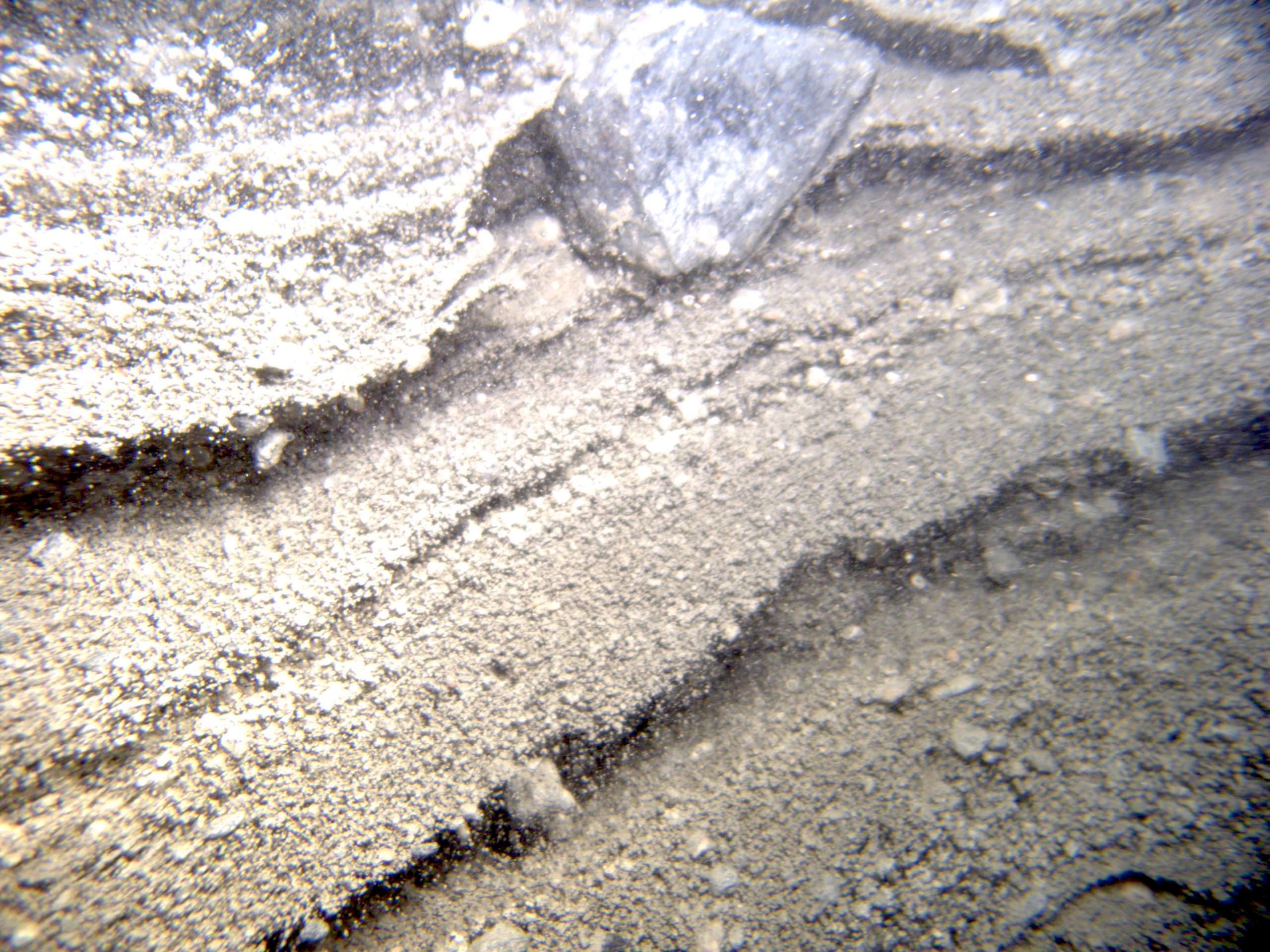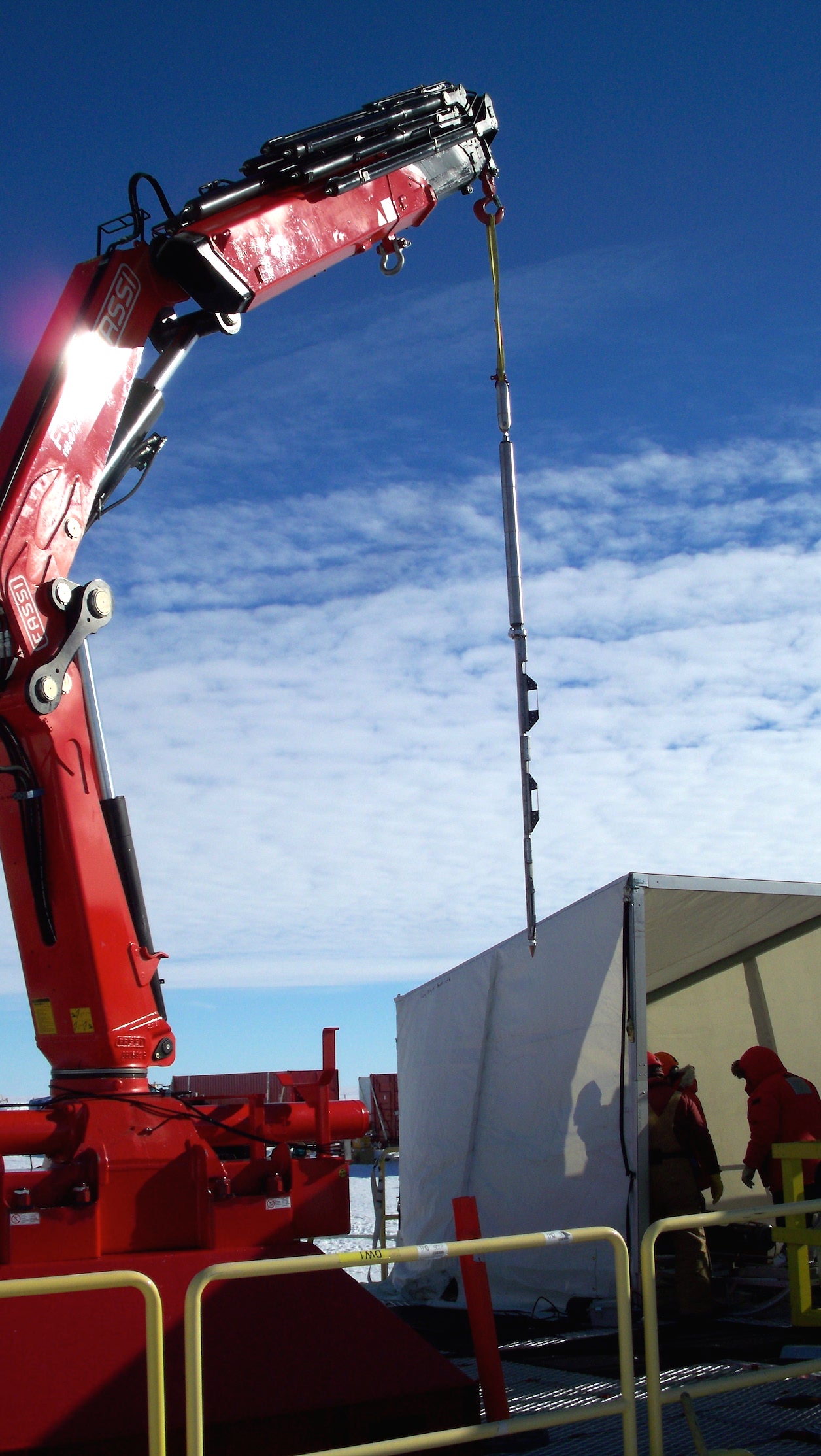Life on the Edge: Photos from Drilling the Ross Ice Shelf
Fish, amphipods and jellyfish are among the creatures discovered in the cold, dark world under Antarctica's Ross Ice Shelf by researchers with the Whillans Ice Stream Subglacial Access Research Drilling (WISSARD) project. The scientists are the first to punch through an Antarctic ice shelf into the grounding zone, where these thick, floating ice layers leave land and transition to the sea. Here are some of the incredible images from this first look at one of the world's most extreme environments.

This translucent fish, about 8 inches (20 centimeters) long, lives under nearly 2,500 feet (740 meters) of permanent ice that is roughly 530 miles (850 kilometers) from the open ocean. (Photo credit: Deep-SCINI, UNL Andrill SMO team)

A fish swims in front of a remotely-operated camera in the grounding zone. (Photo credit: WISSARD/NSF)

An amphipod, a type of crustacean, swims on the seafloor beneath the ice. (Photo credit: Deep SCINI team, UNL Andrill SMO)

Sign up for the Live Science daily newsletter now
Get the world’s most fascinating discoveries delivered straight to your inbox.
An amphipod recovered from seawater under the Ross Ice Shelf. (Photo credit: Reed Scherer, NIU)

Ancient marine sediments frozen into the ice shelf. (Photo credit: Deep SCINI team, UNL Andrill SMO)

Debris raining out into the seawater from the melting bottom of the ice shelf. (Photo credit: Deep SCINI team, UNL Andrill SMO)

UCSC Geothermal Probe being lowered into the borehole by a crane on the deck of the drilling platform. (Photo credit: Sarah Neuhaus, UCSC)

WISSARD drilling camp at the Ross Ice Shelf grounding zone. (Photo credit: Sarah Neuhaus, UCSC)
Follow Becky Oskin @beckyoskin. Follow LiveScience @livescience, Facebook & Google+. Originally published on Live Science.

